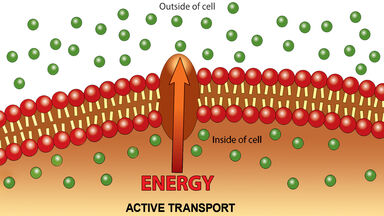The radical theory, essentially dualistic in nature in view of its similarity to the electrochemical theory of Berzelius, was destined to succumb to a unitary theory.
He also investigated the diamagnetic and paramagnetic properties of substances; and was keenly interested in the phenomena of electrochemical decomposition, accumulating much evidence in favour of Faraday's law and proposing a modified statement of it which was intended to cover certain apparent exceptions.
Constant cells may be divided into two groups, according as their action is chemical (as in the bichromate cell, where the hydrogen is converted into water by an oxidizing agent placed in a porous pot round the carbon plate) or electrochemical (as in Daniell's cell, where a copper plate is surrounded by a solution of copper sulphate, and the hydrogen, instead of being liberated, replaces copper, which is deposited on the plate from the solution).
Taking the chemical equivalent weight of silver, as determined by chemical experiments, to be 107.92, the result described gives as the electrochemical equivalent of an ion of unit chemical equivalent the value 1 036 X 5.
If, as is now usual, we take the equivalent weight of oxygen as our standard and call it 16, the equivalent weight of hydrogen is I o08, and its electrochemical equivalent is I 044 X 5.
